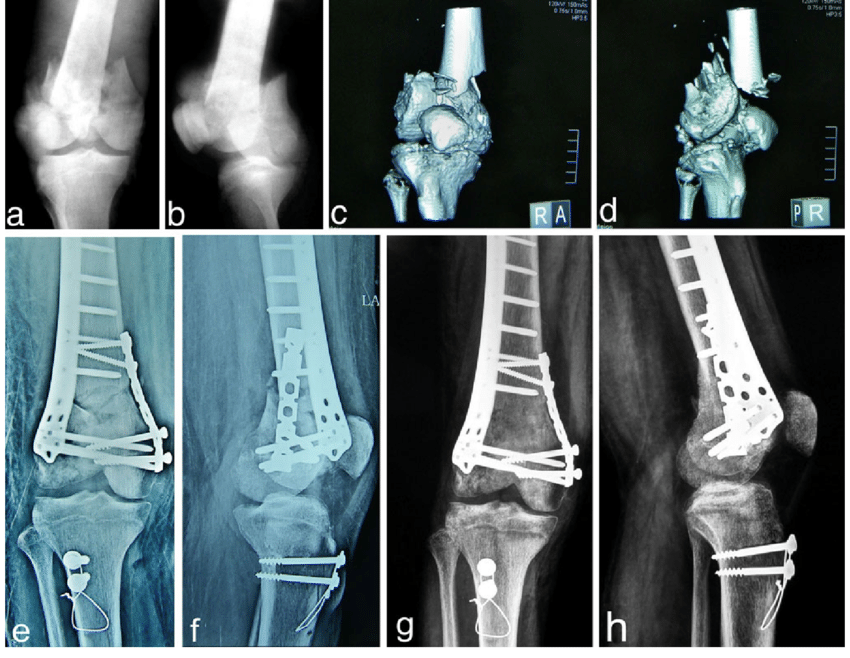

Medical imaging using X-rays.

A CT scan of the bones may be performed to assess bones, soft tissues, and joints for damage, lesions, fractures, or other abnormalities, particularly when another type of examination, such as X-rays or physical examination are not conclusive.
There may be other reasons for your doctor to recommend a CT scan of the bones, joints, or soft tissues.

Fractures and Trauma: Following a traumatic injury or suspected fracture, a CT scan can provide detailed images to assess the extent and location of fractures in bones and joints.
Orthopedic Conditions: In the evaluation of orthopedic conditions, such as arthritis, joint deformities, or congenital abnormalities affecting the bones and joints.
Pre-surgical Planning: Before orthopedic surgeries, such as joint replacement or fracture repair, a CT scan can help surgeons plan the procedure by providing detailed images of the affected bones and joints.
Assessment of Joint Disorders: To evaluate joint disorders, including degenerative joint disease (osteoarthritis), inflammatory joint conditions (such as rheumatoid arthritis), or infections affecting the joints.
Evaluation of Bone Tumors: CT scans can detect and assess the characteristics of bone tumors, helping with diagnosis, staging, and treatment planning.
Spinal Conditions: In cases of suspected spinal issues, such as herniated discs, compression fractures, or other conditions affecting the vertebral column.
Assessment of Soft Tissues around Bones: CT scans can provide information about soft tissues surrounding bones and joints, including muscles, tendons, and ligaments.
Joint Infections: A CT scan may be used to evaluate for joint infections (septic arthritis) and guide treatment decisions.
Metal Artifact Reduction: In cases where traditional X-rays may be limited due to the presence of metal implants (e.g., joint replacements), CT scans can provide clearer images with reduced metal artifacts.
Assessment of Bone Density: CT scans can be used to assess bone density, which is valuable in conditions like osteoporosis.